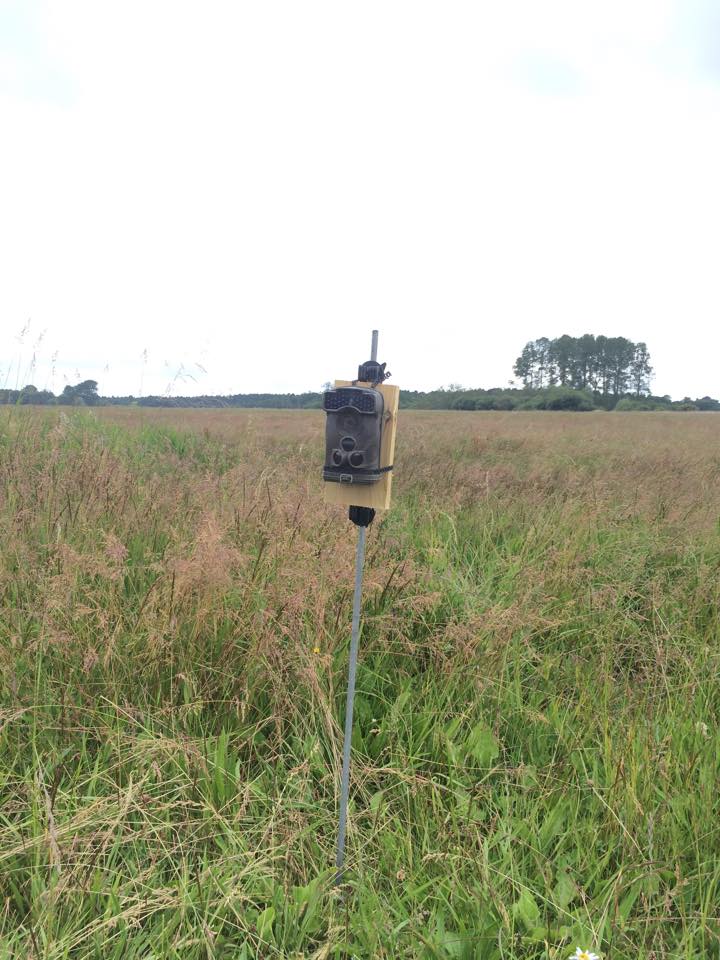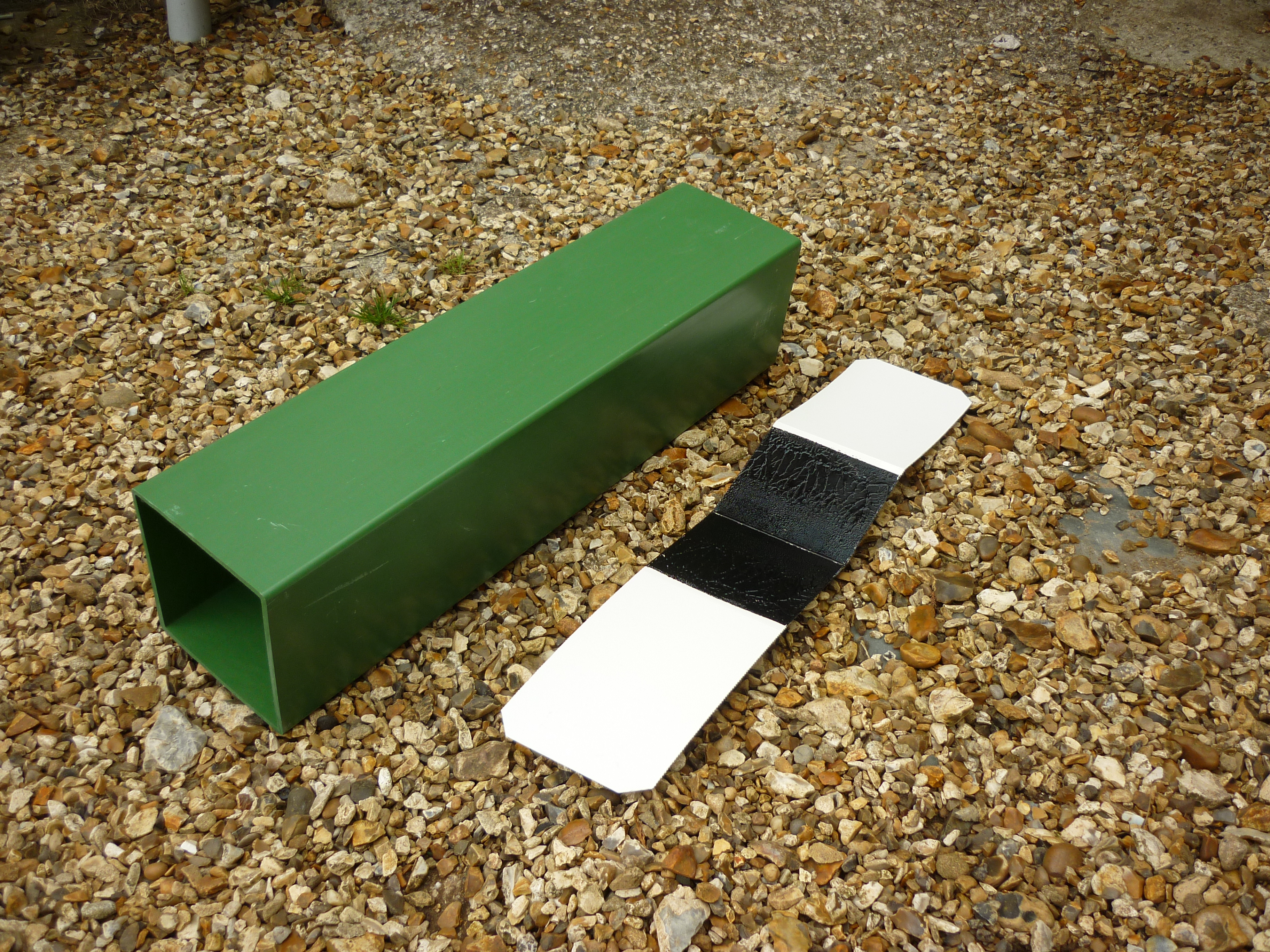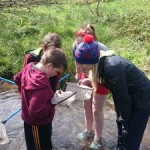The River Suir rises in the Devil’s Bit mountain northwest…
Detection of the Lapwing Predators in the River Avon Catchment
The River Avon catchment, located in Hampshire in the south of England, is considered to have one of the highest levels of biodiversity in lowland Britain. As well as 205 km of river being designated as Sites of Special Scientific Interest, the catchment also contains two Areas of Outstanding Natural Beauty, two Environmentally Sensitive Areas, nine Special Areas of Conservation and six National Nature Reserves.
One species found within the Hampshire Avon catchment is the lapwing wader species (Vanellus vanellus); a bird that has suffered significant declines recently both in the UK and in Ireland and is now a Red List species. With the intensification of agriculture comes a loss in the foraging and breeding habitat of the lapwing and a greater susceptibility to both avian and mammalian predators. The dense, tall homogenous swards that form with intensification reduce both anti-predator alertness and nest crypsis (camouflage in order to avoid detection). Since 2003 farmers have been encouraged to join the Higher Level Stewardship (HLS) scheme, and uptake by farmers within the Avon Valley has been high. A considerable investment in habitat restoration has taken place over the last 20 years, but to date there has been no reversal of the downward decline in wader numbers.
The Game and Wildlife Conservation Trust (GWCT) is currently undertaking a project – Waders for Real – which aims to reverse the decline of breeding waders such as the lapwing in the Avon Valley. The Game and Wildlife Conservation Trust is adopting an integrated approach involving both habitat and predator management in a context that requires co-operation with landowners and therefore requires an understanding of the landscape (catchment) in terms of both ecological setting and farming activities. As part of this, I undertook an MSc ecology research project as a component of the Ecology and Environmental Management course, University of York, in the summer of 2015. The project’s aim was to detect and monitor the mammalian predators of the lapwing, in an effort to learn more about the mammals contributing to its decline within the catchment. With this knowledge, predator control can be planned to combat the decline of the lapwing species.
Detection surveys allow us to gain vital information on predators which is required in the conservation of their prey species. However the data gained from these detection methods may give incorrect inferences into the species if it is assumed to be absent when a detection method has failed to detect it, as is seen in many studies. Therefore occupancy modelling must be used, whereby imperfect detection of the species is assumed and hence the detection probability of a species is incorporated into the analysis. A comparison of naïve (assume detection probability is 1) and modelled (assume imperfect detection) estimates of occupancy and detection probability were examined in order to ascertain the detection probability was calculated, an examination into how this probability could be increased in the future was undertaken.
Mink rafts and tracking tunnels were positioned by Game and Wildlife Conservation Trust within four sites in the Hampshire Avon catchment, and camera traps were positioned within two of these sites. A total of 12 cameras were placed over one month with the aim of maximising the chance of recording predators, e.g. at linear features. The cameras were moved to a new location on-site every two weeks. The pictures obtained from the camera traps were viewed and processed using the Aardwolf software. A total of 21 mink rafts were deployed approximately every 1 km along the Avon River and its main water channels. They were checked on a weekly basis for tracks. A total of 187 tracking tunnels were placed along a 150m grid line, along linear features where possible in order to maximise chances of detecting small mammalian predators. Environmental conditions for each tunnel were recorded (Table 1). Within this project, my role included undertaking the weekly check of all tracking tunnels, as well as analysing the data collected from the three detection methods.

Key Findings
Over the course of the summer one mink, one stoat, two polecats, 12 weasels, seven hedgehogs and six unidentified mustelid tracks (stoat, polecat or mink) were recorded via the tracking tunnels. Small mammals including mice, voles, water shrew and rats, birds and amphibians/reptiles were also recorded. Six mink tracks were found on mink rafts. Two stoats and two mink were detected using the camera traps.
No detection method was consistently the best across all predator species. Tracking tunnels were found to be the best at detecting the smaller species, such as weasels and hedgehogs. Mink rafts only detected mink, and camera traps only detected mink and stoats. Occupancy modelling was undertaken using the Presence software package. Occupancy and detection rates for all three detection methods were low for all predator species. When comparing the naïve estimates and the modelled estimates it was clear that the naïve estimates underestimated occupancy and overestimated detection probability in relation to modelled estimates.
An investigation into whether the environmental factors played a part in the success of detection of the tracking tunnels was undertaken. Bridges had the highest proportion of detections and fences/ hedges had the second highest. However it is important to note the low number of tunnels and the high standard error associated with fences/ hedges.
Discussion of Findings
This project reiterates the fact that when detection probability is assumed to be one, the occupancy is underestimated and the detection probability is overestimated. This highlights the importance of using occupancy modelling in detection surveys in order to gain accurate information on the presence of a species.
Although this study did not record many detections, some trends were noted when analysing the environmental factors associated with the tunnels that detected the predator species, although more detections would be necessary to test these statistically. Bridges were associated with most detections and there were more water related detections that non-water related detections. It is interesting to record more detections along the water channels than not, as there was only one (semi) aquatic species – mink – investigated in this study.

The detection probabilities were found to be consistently low in this study. The methods used need to be examined to allow for an analysis into how they could be increased in the future. It is recommended that where there are low detection probabilities, as is the case in this study, more repeat surveys would be beneficial. Further recommendations to increase detection probability in future years include beginning checks earlier in the year, baited detectors and placing detectors in favourable environmental conditions. It is hoped that more accurate information will become available to allow for successful predator control.
Monitoring predator species is vital in understanding the spatial and temporal dynamics of the species before using predator control. It is suggested that with more accurate information becoming available with the aforementioned recommendations in place, successful predator control can be undertaken within the Hampshire Avon catchment. This may include non-lethal control in the case of protected species (like the hedgehogs and polecats) such as protective cages around nests, conditioned taste aversion and fencing off of habitat patches. It may also include lethal control for predators such as the invasive mink species. It is hoped that, with a combination of this predator control and a farmer-led habitat management initiative, the lapwing will increase in abundance within the Hampshire Avon catchment.
Information on the Waders for Real project is available at http://www.gwct.org.uk/research/ species/birds/lapwing-and-other-waders/waders-for-real/
Acknowledgement: Many thanks to Dr Jonathan Reynolds and the Predator Control Team at GWCT, Fordingbridge, for advice and assistance with this project.
Sinéad Barrett, RPS Consultants (Project undertaken as part of the MSc placement with the GWCT)














